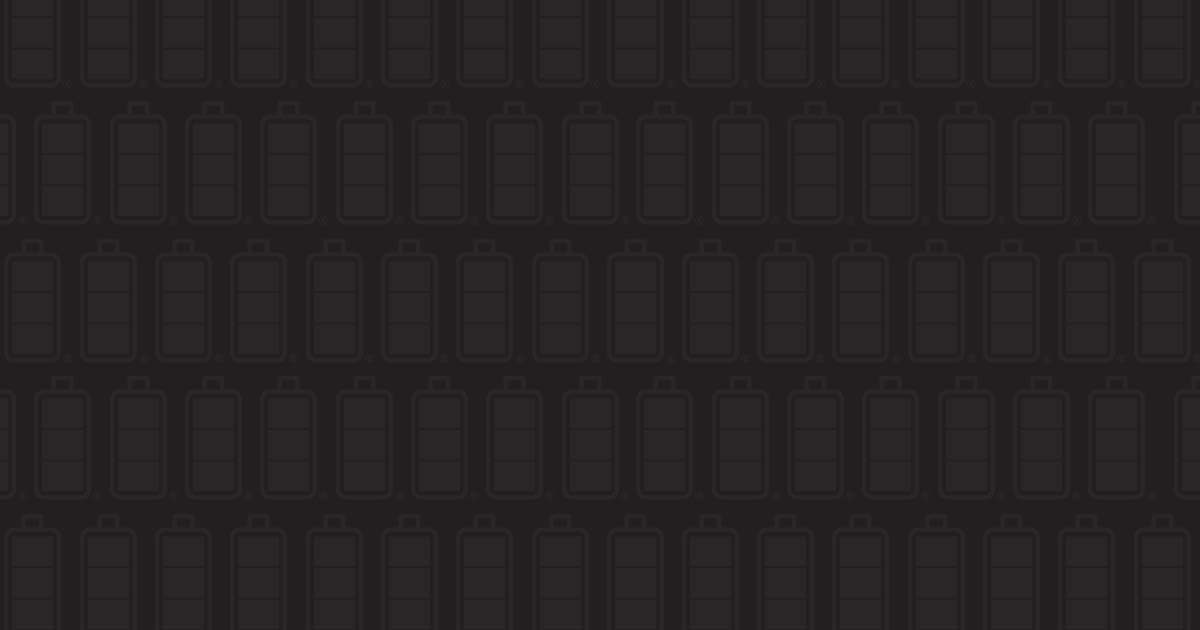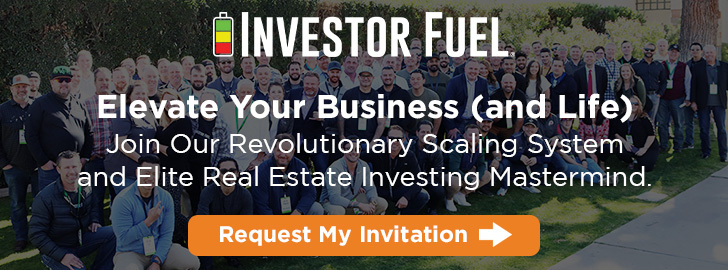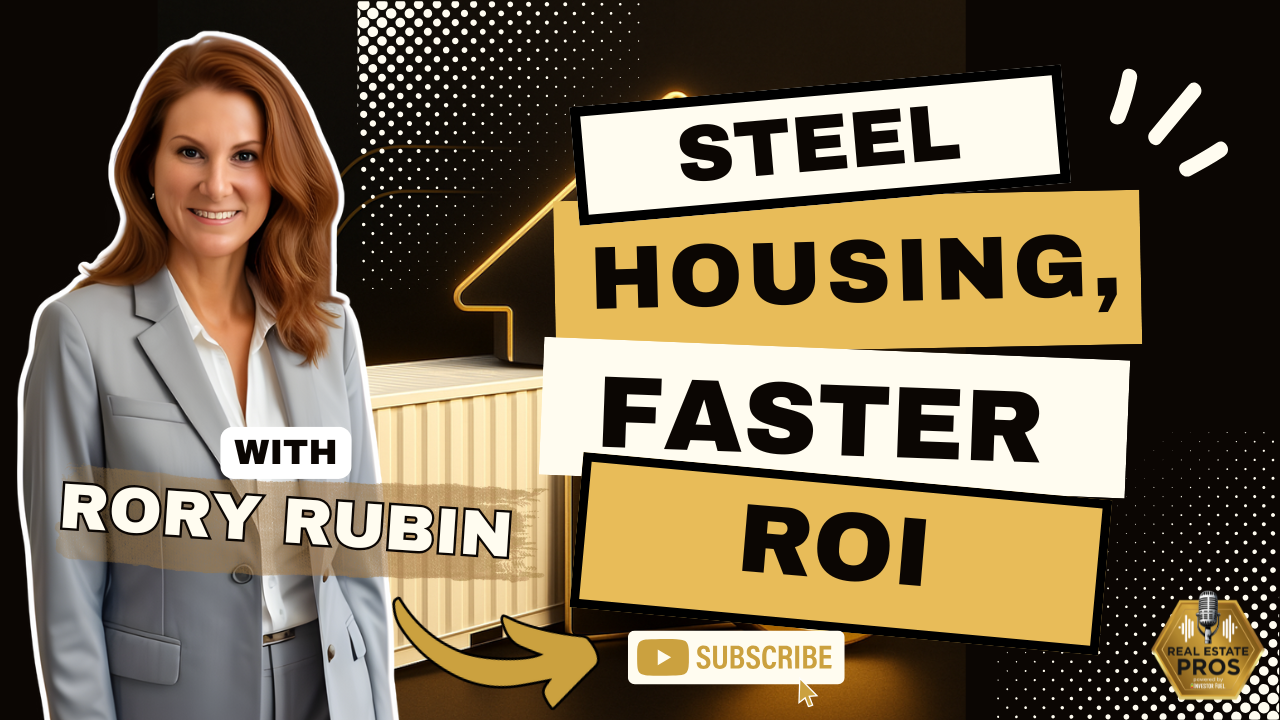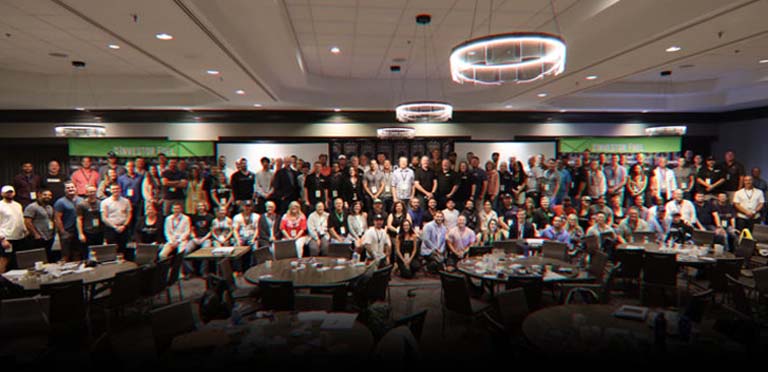
Show Summary
In this conversation, Rory Rubin discusses the challenges and opportunities in the real estate and construction industry, particularly focusing on affordable housing solutions using shipping containers. He emphasizes the importance of networking, collaboration, and understanding zoning regulations while sharing personal experiences and advice for aspiring entrepreneurs.
Resources and Links from this show:
-
-
- Investor Fuel Real Estate Mastermind
- Investor Machine Real Estate Lead Generation
- Mike on Facebook
- Mike on Instagram
- Mike on LinkedIn
- Rory Rubin’s Website
- Rory Rubin on LinkedIn
- Rory Rubin on Facebook
- Rory Rubin’s Email: [email protected]
- Rory Rubin’s Phone Number: (773) 412-5477
Listen to the Audio Version of this Episode
Investor Fuel Show Transcript:
Rory Rubin (00:00)
Yeah, I love that question because we’re starting to really get data. So I have data that will help a developer upfront with like sustainability and tax incentives because what we do is a green recycled product. I can help with all of that. On the end user side, we’re seeing that the builds that are being sold are being sold for more than the average stick frame because we understand that we’re steel and we are alreadyour maintenance is lower than the average wood frame home. We did something really cool. We were in a factory in a development with other companies and our next door neighbor had a weather simulator. So we took a piece of the container and we painted it correctly the way we paint it and we put it in their simulator. And without any maintenance, we could tell you that we can last 26 years.
Erika (02:27)
Hey everyone, welcome to the Real Estate Pros podcast. I’m your host Erika and today I’m excited to be joined by Rory Rubin, the CEO of SI Container Builds. She’s shaken things up in the construction space with something unique and sustainable. Rory, I’m glad to have you here.Rory Rubin (02:46)
Thank youfor having me. I’m excited.
Erika (02:48)
Yeah, yeah, so let’s not waste any time and jump on in. Rory, can you share a little bit about your story? How did you find yourself in construction and, you know, working with shipping containers? It’s very unique.Rory Rubin (03:04)
It is unique and my story is a little different, but the more I tell it, the more kind of the puzzle pieces come together. I started off as a social worker, but my dad is actually an architect, so I grew up around construction and architecture my whole life. And I think when I hit that midlife piece, and I’d been doing consulting for a long time, actually I had moved away from the social work piece ⁓ many years ago, and I wanted to become more sustainable and live more sustainable, and my husband and I were goingto be empty nesters and we started poking around and we realized that the shipping container had been been repurposed in other countries for decades and that it was doing some things here but really not a lot. We thought my gosh there’s 26 million of these sitting around they are legally allowed to be repurposed for residential space. Architects and engineers have just done an amazing job using them. Why don’t we find a way to truly use them and make things more affordable?
and more sustainable in the construction area. So that’s sort how we launched our company.
Erika (04:09)
Yeah,yeah, and that’s so awesome. Was there, you know, a moment in your journey that you knew that this was it and there was no turning back? Because, know, whenever you start something, it’s a big leap of faith.
Rory Rubin (04:21)
For everybody who’s listening that has ever started a company or been an entrepreneur, they’ll totally know that once you’re mud deep, knee deep in mud, you’re in for good. And so, you know, we’ve been in existence for almost seven years now and we’ve been in our factory for three and a half and truly every milestone that we have crossed and every mountain that we’ve had to climb, like you’re in it. You have to be though, right? This is like, this is your baby. can’t, you gotta havehave that grit to stay in it for all the ups and downs as an entrepreneur.
Erika (05:43)
Yeah, absolutely. the fast forward today, Rory, tell me more about the areas that you’re serving. What’s exciting you right now? What kind of challenges are you having? Give us the nitty gritty.Rory Rubin (05:57)
Yeah,I will. think our big move was to a B2B environment and really focus in on how can we solve a problem. And one of the problems that we’re currently solving is the affordable housing, is that we know we can build units that are faster and cheaper and to be able to make a difference in a situation that we know is a crisis all over the country. You know, we’re licensed and certified in all 50 states. We are housed in the Midwest and we really feel strongly
that there is so much need in the Midwest, especially that we want to spend some time here. But we are in 12 states right now. And we’ve done things like wellness pods for Taraji Henson’s foundation on HBCU campuses. We’ve done the legacy project of Navy Pier down in downtown Chicago, where the first ever boaters amenities building was created in Chicago. doing things for, we’re building a large group home for girls who’ve been trafficked for a nonprofit cultural.
here in the area and then we’re working with Habitat for Humanity. We’ve put units in other states for people for affordable housing because the cool thing about containers, number one, they are structurally sound so the steel will be something that’s work against fires, work against hurricanes, tornadoes, all of those things we know that our product lasts longer. The other thing that I love to be able to say is that we’re stackable, so it’s like Lego. So basically as a developer, if you can
think about it from a multi-family, we can probably build it for you. All kinds of really fun things.
Erika (07:29)
that what you know what kind of opportunities and challenges do you see when when working with a shipping container?Rory Rubin (07:37)
So from the container itself, we kind of got that down in spades. We spent the last several years really perfecting our trade by using licensed trade. And that was very important. I would say the internet has never been our friend. People will come to us and say, I can find a container off the side of the road pretty much, and I can build it out. And the hard part to explain is we build a code. So what we do is very specific. And people make a lot of mistakes.steel is very difficult to work with. We also use one trip high cubed containers. So it’s very specific. We know what the manifest is that come over the sea. The containers have always been used one time, practically brand new, and they would just be dumped here if we didn’t recycle them. So from that standpoint, the challenges is around education and letting people know it’s not a rusty old box. I can blend it into your environment and make it look like my English stucco home or brick or cladding or whatever it is.
Now you’re going to get the integrity, the structural integrity of steel on top of it blending into your environment.
Erika (08:42)
Yeah, that’s really cool. When it comes to working with clients, what kind of feedback have you gotten after they’re seeing the portable pods as a part of their design?Rory Rubin (08:54)
I think people really think it’s pretty darn amazing. When we built a two-story building inside our factory and then deassembled it and reassembled it back on site, people saw what true modular construction was all about. Now I can build you a two-story building in just a couple of months where it would take being on site, especially in bad weather where I don’t have to deal with weather, many, many, many months to do. And when we show that we are building to the municipalitythere’s a lot of kind of sigh of relief. Basically people can see that we’re doing things correctly, we’re able to do them faster, and it’s just a lot of fun. I think once they see it and touch it and feel it and understand it, they get it. It’s hard sometimes to understand what I do until you see it.
Erika (09:43)
Yeah, yeah, I can see where that would make all the difference, Rory. And, you know, when it comes to working with investors, they want to know, you know, what’s their return going to be? You know, what’s the resale value? So what can you share on that front?Rory Rubin (10:32)
Yeah, I love that question because we’re starting to really get data. So I have data that will help a developer upfront with like sustainability and tax incentives because what we do is a green recycled product. I can help with all of that. On the end user side, we’re seeing that the builds that are being sold are being sold for more than the average stick frame because we understand that we’re steel and we are alreadyour maintenance is lower than the average wood frame home. We did something really cool. We were in a factory in a development with other companies and our next door neighbor had a weather simulator. So we took a piece of the container and we painted it correctly the way we paint it and we put it in their simulator. And without any maintenance, we could tell you that we can last 26 years.
And that in itself saves you money.
and gets you an ROI that’s just better. If you know that your clients are building something that is more maintenance-free, then that’s pretty exciting. And then I can tell you on top of that, I build it so much faster, and now your ROI is coming in so much faster. And so there’s a lot of true elements that I can, I have data points to actually show that now.
Erika (11:51)
Well, Rory, I’m sure as you know, every entrepreneur has a moment where things got real. Maybe, you know, a project went sideways or you had the pivot fast with a plan. Can you share one of those moments on your journey and what it’s taught you?Rory Rubin (12:08)
Yeah, that is actually a perfect segue into the whole piece of where we are now in our capital raise. I would say the most challenging thing for me as an entrepreneur in my business is the fact that things just take a whole heck of a lot longer than they really need to. I’ve got the build time down to a T. I can build, I can build faster, but when it comes to zoning and permitting and plans and just working with your client to make sure that they’re doingand getting what they want, that takes time. And so from our…
point of where we are to fund our growth. We are in a capital race seeking investors because we have a massive pipeline and we just know that these things just take time to get these projects off the ground and anyone in your field especially would understand that projects just take a while to get there and we’re getting there. We have proven market space and we want to grow and the way to grow on making money takes money. That’s just the bottom line.
Erika (13:11)
Yeah, absolutely. You had, you know, mentioned working with zoning. Have you, you know, do you have any tips that you can share with our listeners when it comes to that step? I know a lot of times it’s like out of our hands, but you know, maybe you got a little nugget in there.Rory Rubin (13:27)
I would say what I have learned is number one, containers are legally allowed to be repurposed for residential and commercial, which a lot of people don’t understand. It’s been legal since the 2016 code books came out.Excuse me. And then the other thing that I’ve learned is collaboration is the most important piece. So I spend a lot of time in front of the building departments, really walking them through what we do and how we do it so that they can get comfortable and understand that it’s not so weird and unique. It’s actually pretty similar, but we have the benefits that I just described with the steel frame. So my two points of spending time with people to collaborate is truly important and understanding the codes from your perspective as a business person is also
really important. I had to learn a whole lot of code to make sure that I knew what I was saying when I was saying it.
Erika (14:17)
relationship building that that makes a lot of a lot of sense too and a kind of bridge to the next thing I wanted to ask you Rory what strategies have worked for you when it comes to connecting in the real estate world are there any groups or any connections that you’ve made that have been a game changerRory Rubin (15:16)
For me, it’s typically the ones that include women, like women in construction and women in real estate, and even some of the smaller groups that I’ve been asked to speak to when I go, whether it’s in a smaller community and developing those pieces of relationship. The number one thing that I really try to do that’s really meaningful to me in the flip is I always try to respond to somebody. When people are really trying to get your attention,trying very hard to either sell you something or just build a relationship with you, it’s the response, right? Like we don’t like to be left hanging there. So I always try to do my follow-up. I always try to do my response. I try to be as genuine as possible, even if it’s something that’s not going to be necessarily a good fit. At least people know that a relationship is important and that it’s okay to, you know, reach out and have somebody respond to you when you’re doing it and follow up with you when you’re needing.
that follow-up.
Erika (16:16)
Let me ask you this next, Rory, what are you most focused on solving or scaling next? Are there any innovations that you’re looking ahead toward?Rory Rubin (16:27)
Yeah, I would say the number one thing that we’re focused in on has to do with affordable housing and whether it’s single family housing or multi-family housing or a combination of both, that that is truly where our capital raise is being focused as well. know, those pieces are very, very important to us. We do things in the commercial space like retail and hospitality and restaurants. We do things with bathroom pods and all of that. And that’s important and necessary.but the true having a roof over your head is really where our values sink and where we really want to be a part of solving that problem.
Erika (17:07)
Yeah, that’s exciting now for the affordable housing. Is that in your area Chicago? Is that beyond?Rory Rubin (17:14)
my gosh, I get calls from places all over the country. We, I don’t think there’s a single place in the country that isn’t talking about having more affordable housing. So the city of Chicago obviously has its own woes with all of that. But it’s just a hot topic for anybody. People are looking for ways that they can provide homes that still have the quality, that are built correctly, that are something that somebody can afford, whether it’s a first-time home buyer, whether it’sa young person, whether it’s a senior, or having something in your backyard in that space to supplement for those things. We need to figure this out because it’s gotten way out of control all over the country.
Erika (17:56)
Yeah, absolutely. For our listeners here Rory, who are looking to start something new in real estate construction, they’re their own entrepreneur. What kind of advice would you give them that you wish you had when you started off?Rory Rubin (18:13)
It’s hard. Don’t give up. It takes a lot of money. So help, you know, have people, you know, support you in that way. It also takes a lot of expertise. And so always remember to surround yourself with the people who are doing things that you yourself might not be good at. You just can’t do it all. It’s impossible. So collaboration and teamwork are huge components of success.Erika (18:37)
Yeah, yeah, building that solid team is important.Rory Rubin (18:40)
It really is. It’s everything. Because I want people to be excited about coming to work. If I saw that people weren’t, then I’m not doing my job as a leader of my organization. Work is hard. We spend a lot of time at work. I want people to feel like it’s a good place for them to come to and want to be at.Erika (19:00)
Yeah, yeah, absolutely. Well, Rory, before we wrap up, if someone wants to reach out, connect, collaborate, learn more about what you’re doing, what’s the best way for them to reach you?Rory Rubin (19:12)
Iwould say my email would be one, I can do both my email and my cell phone. So my email is myname, r-o-r-y, at s-i-c-b-s dot com. And just to let you know, the S-I of S-I Container Builds stands for Sustainable Imprints. A lot of people don’t really know that. So, Rory at s-i-c-b-s dot com. I don’t know people want to reach out to text me, but (773)412-5477. Either way, I’m always accessible.
Erika (19:40)
So Rory, appreciate your time, your story, what you’re doing at SI Container Builds. And I know that you have made an imprint on this podcast here with what you’re doing.Rory Rubin (19:53)
Very nice. Thank you. Appreciate that.Erika (19:56)
Really, we do need more people doing what you’re doing. So I’m excited for this episode to get out here today.Rory Rubin (20:04)
Well, thank you. appreciate it. I hope it’s something a little bit unique that people will gravitate to and understand and be a part of this journey that we’re all on.Erika (20:13)
Yes, yes. And for our listeners today, if you got value from this episode, make sure that you’re subscribed to the Real Estate Pros podcast. We’ve got more conversations lined up with entrepreneurs like Rory, who are out there building fantastic businesses. We’ll see you on the next episode.Rory Rubin (20:32)
Thank you. -









